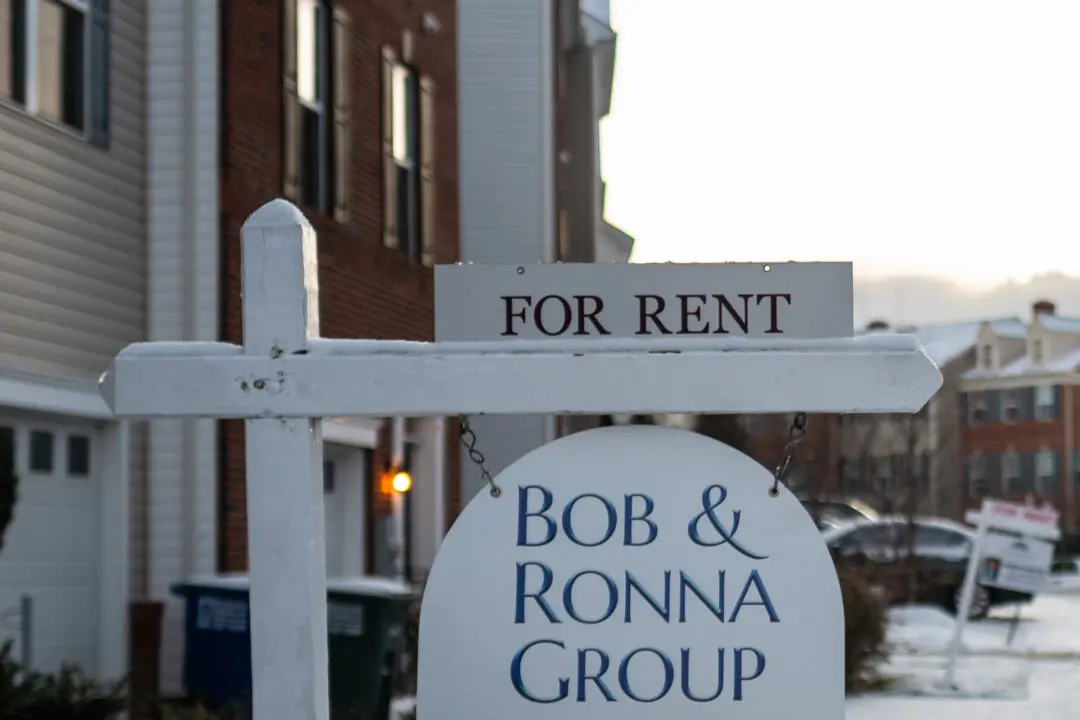The surge in illegal immigration into the United States is worsening the country’s housing crisis, putting upward pressure on property prices, and contributing to the homelessness problem.
An influx of illegal aliens tends to add to the demand for homes and push up prices, and many cities don’t have enough affordable homes or shelters to house the rapidly swelling number of people. As property prices rise because of surging demand, some residents can get priced out of the market, becoming homeless.





